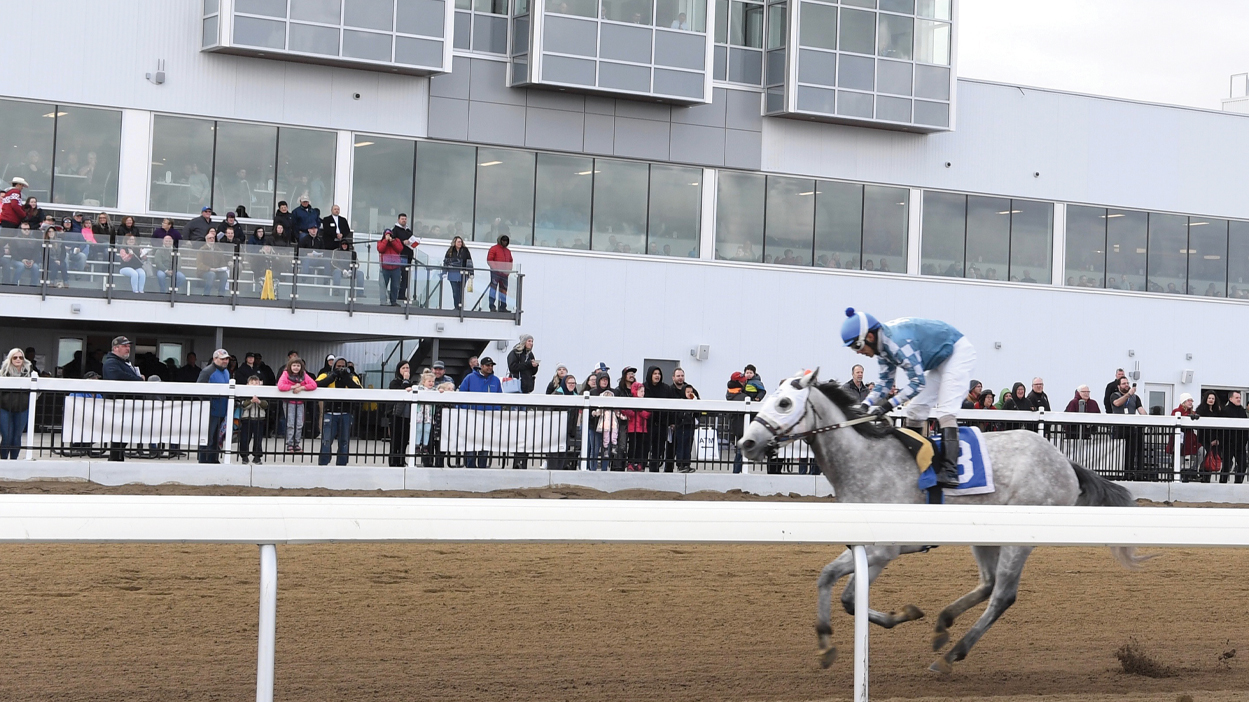Paul Ryneveld’s first job at a racetrack came when he was 16 years old selling hot dogs at Longacres, Seattle.
“The first live race I saw was the coolest thing I’ve ever seen. It still is,” said Ryneveld, 49, now the general manager of Century Mile in Nisku, just south of Edmonton — which opened this year taking over from Northlands Park which got out of horse racing — and Century Downs in Balzac, just north of Calgary, which opened in 2015 taking over from Stampede Park which shuttered its doors to horse racing in 2008.
“Century Casinos as the owner of the only two ‘A’ tracks in Alberta is the engine to drive and shape the course of horse racing in Alberta,” said Ryneveld of the obvious all-important role Century Casinos plays as one of the 25 most influential people or groups in Canadian thoroughbred racing today. “But the different breed groups are also responsible for providing a product that can be sold. If we can only produce B-rated movies don’t expect people to come to the theatre.
“The generation of revenues to the industry at the two new facilities is the catalyst for revitalizing racing in Alberta,” he said of Century Casinos, an international casino entertainment company founded in 1992.
What are the most critical challenges facing the industry in Canada today?
“Three-fold,” said Ryneveld. “Horse population, horse ownership and the welfare and integrity of the sport.
“No one wants 5- or 6-horse fields. We have to get to the magic number of an average of eight starters per race.
“When the product wasn’t there, gamblers weren’t interested.”
Ryneveld pointed at Century Mile which averaged $169,604 per day for the thoroughbreds while averaging 7.4 races per day and just 6.8 starters per race.
Century Downs averaged $181,735 per thoroughbred cards with an average of 8.2 races per day and 7.5 horses per race.
“To achieve greater field size we are actively pursuing new stables to race in Alberta as well as working with the horsemen to provide conditions that allow horses to find a spot to race while not creating short fields,” said Ryneveld, who was also director of racing at Vancouver’s Hastings Racecourse.
As for the ‘welfare and integrity of the sport,’ Ryneveld said, “It came to a head at Santa Anita but the good news is the different associations across Canada and North America are putting in place protocols to make racing safer.”
What needs to change about the industry in the next 5-10 years?
“The biggest is racing medication. We need to move toward those places in the rest of the world that do not allow race-day medications of any kind. Hay, oats and water. That’s it.
“There should be no medication in a horse’s system at all — let alone a threshold.”
How can you help affect that change?
“We are participating with other jurisdictions towards safety and integrity applications. Most people are on the same page. Look at the major jurisdictions like the U.K., Hong Kong, Japan, Australia and France… They don’t allow anything.”
Where do you see the thoroughbred industry in Canada in 10 years?
“Fixed-odds betting similar to how it is in the U.K. and Australia,” said Ryneveld. “When you bet a horse at 5-1 you get 5-1.
“That would be particularly huge for smaller tracks. Right now a bettor at tracks like Century Mile and Century Downs can’t make a sizeable wager because they are going to kill the odds.
“Fixed-odds betting will happen when sports betting gets passed in Canada, which I believe it will in the next five years.
“Another thing we are bullish on is how technology is now allowing us to offer our races to countries outside of North America. In Australia and the UK/France for instance. This will increase wagering on Canadian horse racing and more importantly for us, Alberta.”


